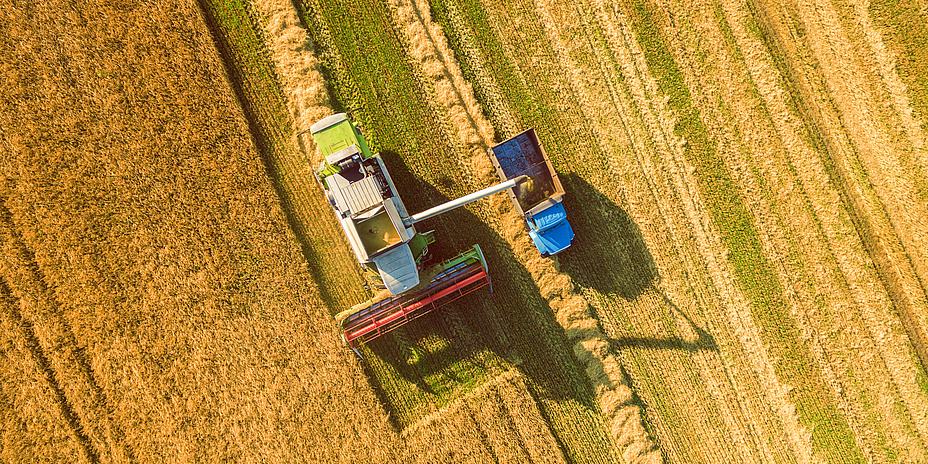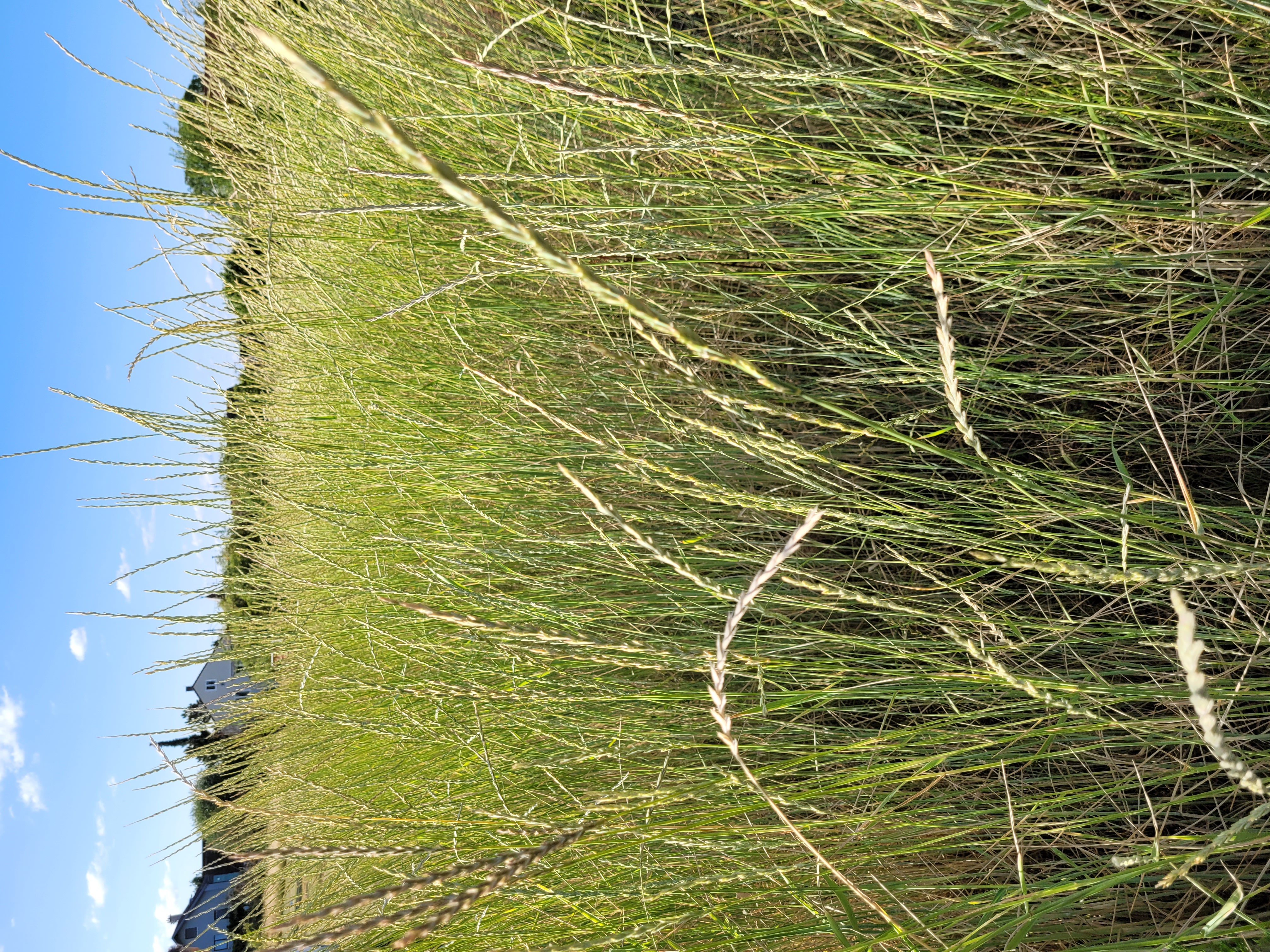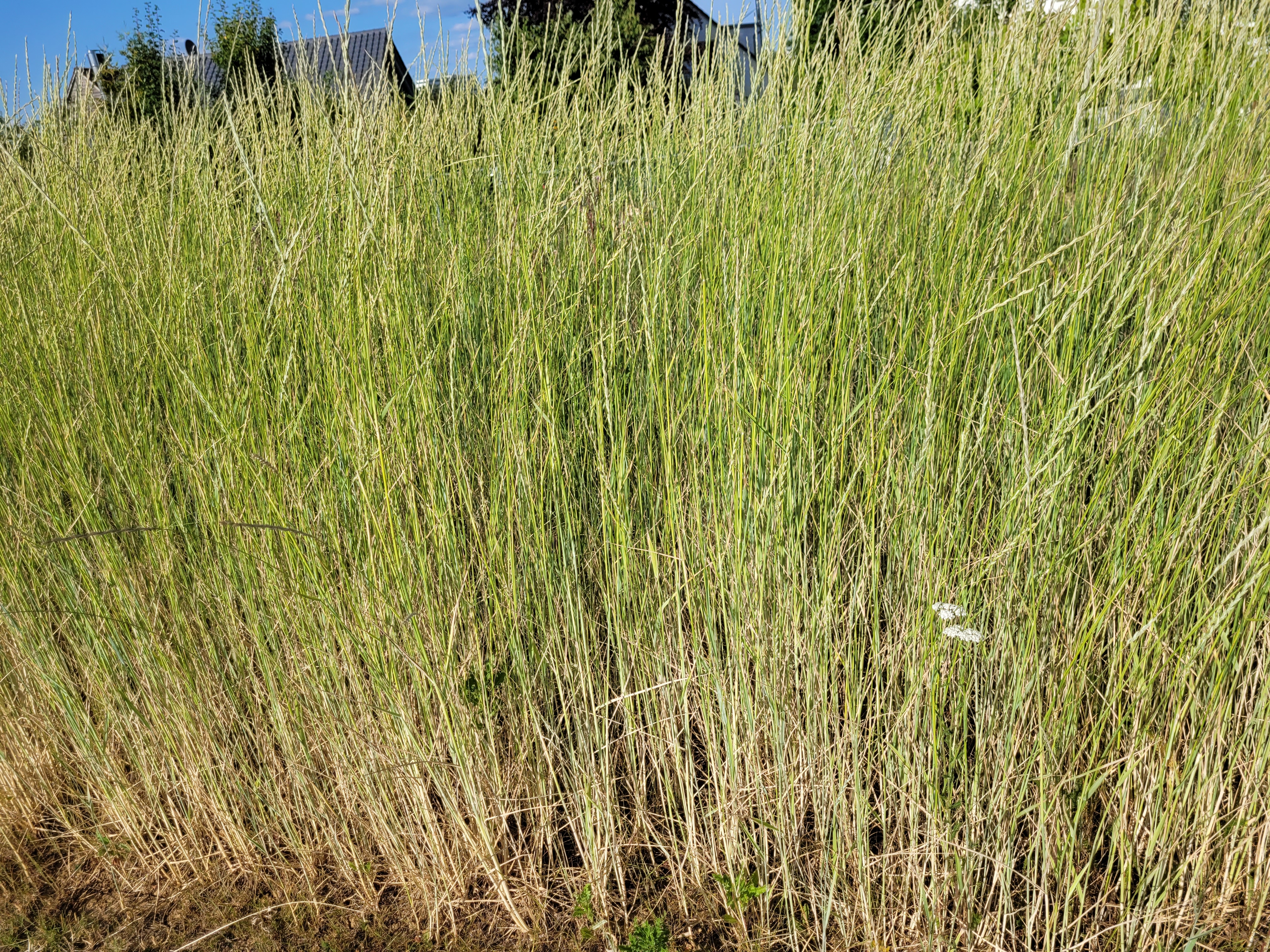Sustainable Grain Cultivation with Perennial Wheat

From an ecological point of view, the cultivation of annual cereal crops is a burden on nature. The soil has to be ploughed and replanted every year, and the plants require a large amount of water, pesticides and other chemicals. This contributes to the decline in soil quality and the extremely low diversity of the plant microbiome, i.e. the totality of all microorganisms living on and in the plant. In the project “NAPERDIV – Nature-based perennial grain cropping as a model to safeguard functional biodiversity towards future-proof agriculture”, a team from the Institute of Environmental Biotechnology at Graz University of Technology (TU Graz) has recently investigated whether the cultivation of perennial grain crops is more environmentally friendly. The researchers have found that they develop a more diverse and therefore healthier microbiome, as the soil does not have to be completely ploughed up every year and far fewer chemicals need to be used.
Comparisons in three countries
The team investigated a wheat plant known under the trade name Kernza (intermediate wheatgrass or Thinopyrum intermedium). The researchers took samples from fields in France, Belgium and Sweden in 2021 and 2022 to compare the microbiome of Kernza with that of annual wheat in a neighbouring field. “The analyses in the laboratory and on the computer showed that the diversity of the microbiome on the roots was significantly higher in the perennial plants than in the annual plants,” says Kristina Michl from the Institute of Environmental Biotechnology at TU Graz. “One of the main reasons for this is that the roots of Kernza remain untouched, while the annual plants are replanted after the harvest.”
The researchers were also able to show that perennial wheat not only influences the root microbiome directly, but also indirectly via the specific cultivation methods used. As Kernza does not need to be worked as much and requires fewer chemicals, the soil is healthier, which leads to an increased diversity of microorganisms from which the perennial wheat can pick the ones it needs. Higher organisms also benefit from the perennial plants. More earthworms and beetles settle here.
Less water and fertiliser, but lower yield
Kernza also has the advantage that it requires less water and nitrogen and phosphorus fertiliser than annual cereal plants, as the roots grow much deeper into the soil. And because the soil is less tilled and compacted, it can absorb water much better, which contributes to flood protection.
The biggest restriction for the use of perennial grain is currently still its lower yield compared to annual wheat, which is currently only around 20 per cent. However, the breeding history of Kernza is only around 20 years old and it is assumed that the yield of annual plants will be achieved in the next 30 to 50 years. It is unclear whether yield-maximising breeding has a negative effect on the microbiome. Studies with perennial rice are currently underway in China.
Authorisation as foodstuff in Europe still ongoing
“Another problem is that the yield drops sharply from the second or third year onwards. The idea would be to integrate these perennial cereals into a crop rotation and remove them again after three to five years to introduce other varieties. This allows the soil to recover from the annual crop rotation for a few years,” says Kristina Michl.
Kernza is authorised for food production in the USA, but the process is still ongoing in Europe. Nevertheless, there are already products, such as beer or whisky, based on this perennial grain. In the USA, it is already used to prepare bread, biscuits, crackers and other baked goods. In terms of flavour and baking qualities, it is more reminiscent of rye than wheat.
The NAPERDIV project was funded by the Austrian Science Fund FWF and was part of the EU-wide Biodiversa project initiative (https://www.biodiversa.eu/).
This research area is anchored in the Field of Expertise “Human & Biotechnology”, one of five strategic foci of TU Graz.
Would you like to receive the latest stories, news, research stories, interviews or blog posts from TU Graz directly on your smartphone or in your email inbox? Subscribe to the TU Graz Telegram newsletter free of charge.
Kontakt
Kristina MICHL
BSc MSc, Dr.rer.nat.
TU Graz | Institute of Environmental Biotechnology
Phone: +43 316 873 4314
kristina.michl@tugraz.at






